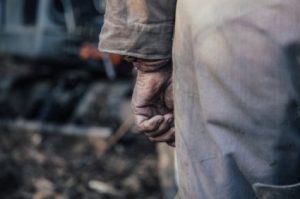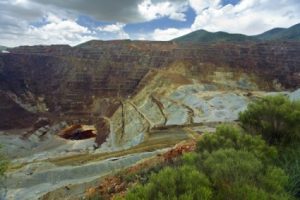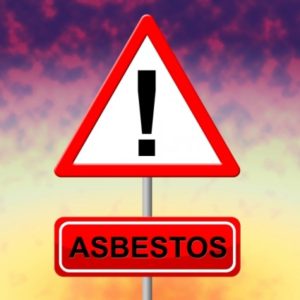The highest court in the State of New York has just upheld a $3 million verdict, according to a recent news article from The Buffalo News. In this case, a former employee who worked as a pipe fitter for General Motors Company at one of their engine plants had died in 2011 when he was 77-years-old. This was before the verdict was ultimately upheld by the New York Court of Appeals. Once the plaintiff had died, his surviving spouse continued the lawsuit in his name, as is often the case due the deadly nature of mesothelioma.
 He actually died just three months before the jury returned a verdict finding several named defendants failed to adequately warn him of the risks of asbestos. Jurors awarded him $3 million in damages, which will now go to his legal heirs, including his surviving spouse and children. Continue reading
He actually died just three months before the jury returned a verdict finding several named defendants failed to adequately warn him of the risks of asbestos. Jurors awarded him $3 million in damages, which will now go to his legal heirs, including his surviving spouse and children. Continue reading
 Mesothelioma Lawyers Blog
Mesothelioma Lawyers Blog











